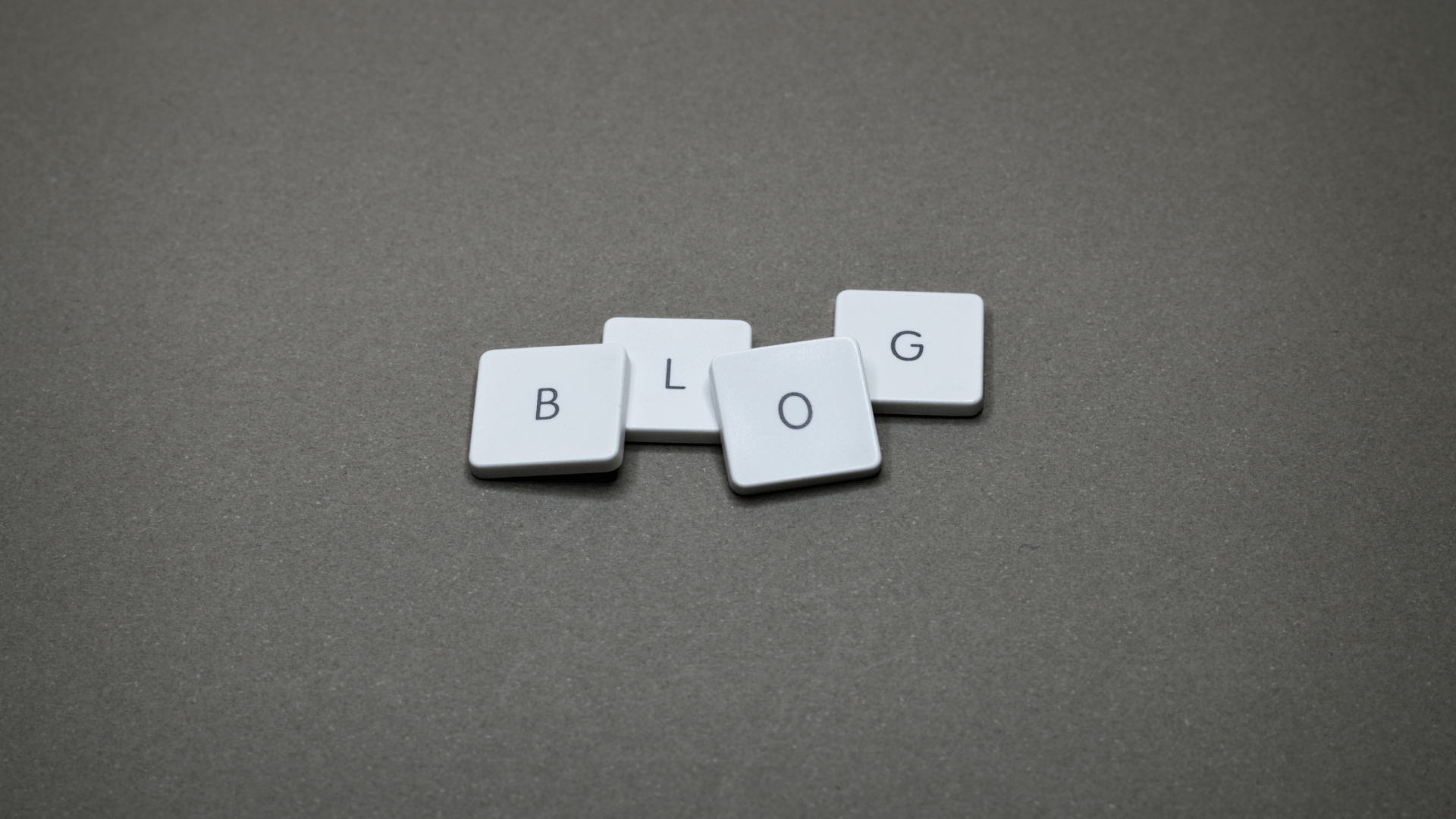Why You Should Delete a Bunch of Your Email Subscribers Right Now
Want to run a successful marketing campaign? Then it’s time to clean house.

You built up your list of subscribers. Now it’s time to remove a bunch of them. Because a clean email list can work wonders.
In fact, cleaning your email list can improve three key metrics: deliverability, open rates and click rates. The better these metrics, the more successful your email marketing campaign will be.
That’s because a smaller list of engaged subscribers — people who actively read and interact with your content and brand — are more valuable than a larger list of subscribers who never open your content.
In fact, lists with numerous inactive email addresses typically have higher rates of bounces, spam complaints and unsubscribes than ones that don’t.
Plus, when you continue to send emails to people who don’t open them, internet service providers — like Gmail, Hotmail, and Yahoo — penalize you. Do this often enough, and your emails may end up in their spam folders, which decreases deliverability to people who actually want to read your content.
Email list hygiene is important
Want to succeed with email marketing? List cleanup is non-negotiable.
A healthy, well-maintained email list is the foundation for any successful email marketing program. If you’re spending the time and effort on your campaigns, you want to make sure you get results.
Unfortunately, the average email list depreciates over time – nearly 25% a year. This is due to a combination of things: bounces, unsubscribes, email address changes. And if you’re not bringing in subscribers at the same rate as they leave, it can feel like your business is taking a hit.
How often should I clean my email list?
How often you should clean your email list will vary from company to company, and list to list.
But a good rule of thumb is every six months — and definitely not longer than a year.
Or, if you want to keep your list squeaky clean year-round, try cleaning your list every 3 months.
How to clean your email list
Ready to say good-bye to inactive subscribers? Clean your list in 5 simple steps.
Step 1: Think quality over quantity
A big list certainly seems impressive. There are dozens of blog posts and case studies out there touting strategies to go from 0 to 10,000 subscribers in no time. Not all of these list-building tactics are legit – buying an email list, for example, might get you subscribers, but it won’t get you the results you’re looking for.
Why? Because these subscribers never opted-in to receive your emails. They don’t know who you are and they most likely have no interest in buying what you’re selling – be prepared for your emails to go straight to the spam folder. Plus, if you’re using a reputable email service provider [like Constant Contact], purchased lists are totally off limits.
Wouldn’t you rather have a smaller, curated list of ideal subscribers who are super excited to read your emails? This would certainly bring joy to your email list – and your open rates.
Step 2: Commit yourself to letting go
Letting go of clutter is hard to do. The same can be said for your subscribers. Cleaning up your list means having to part with subscribers that you spent time and money to acquire.
Keeping your goal in mind is a great way to stay focused. Are you sending to attain more sales? Readers? Connections? The people on your list should be the ones who help you achieve that goal.
Keep in mind that not only will a clean list mean more attentive readers, but your deliverability and open rates will improve, too. Talk about a win-win!
Step 3: Imagine your ideal subscriber
The ideal subscriber is someone who looks forward to seeing your latest newsletter hit their inbox, engages with your newsletters, clicks through to your offers and shares your emails with friends. While these are the people you want to see on your list, you might find that there are different characteristics and traits among your specific audience.
Having a visual ideal for the type of people you want to send to plays a huge part in how you plan your email strategy. These personas will make sure your content, cadence and promotional strategy are all in check.
A good way to identify these subscribers is by sending out a survey. Ask questions about the type of content they’d like to receive and how frequently, as well as what they expect from your emails. With the feedback you receive, you can learn a lot about your list.
Step 4: Identify your inactive subscribers
Inactive subscribers are people who signed up for your email list, but haven’t opened any of your emails in a long time – or possibly ever. And we always seem to make excuses for keeping these people on our lists.
There are lots of reasons why these perfectly valid subscribers go dark: they no longer need your products or services; they don’t have time to check all of their emails or maybe they just aren’t interested. Sometimes people sign up for a one-time incentive offer but have no intentions on purchasing from you again.
Fortunately, your inactive subscribers aren’t too hard to spot. Simply take a look at your subscriber stats to see who opens your emails and who doesn’t. People who open but don’t click aren’t necessarily a lost cause – they’re showing some interest in your brand, but maybe the content doesn’t completely resonate. It might be a good option to segment them out from those who don’t engage at all, and follow up with more targeted content.
Cleaning up your list from inactive isn’t easy. It’s hard to part with your subscribers! Before you remove these people from your list, try running a reactivation campaign to give them a second chance and increase engagement. If they still aren’t opening your emails, it’s time to let go.
Step 5: Spark some joy
Keep your list healthy and maintained by delighting your subscribers with relevant content. After all, these are your ride-or-die subscribers. You should be showing them as much attention (if not more) than your prospects.
Here are a couple of ideas to possible spark new interest:
- Send subscribers a special promo code or discount offer
- Share helpful tips or hacks for using your product or service (bonus points for GIFs)
- Ask for feedback with a customer survey
- Reward customers who frequently purchase from you with a loyalty program
But before you delete, try a re-engagement email
campaign first…
Try a re-engagement email campaign to win back inactive subscribers before you clean your email list. It’s a lot less work to reach out to a current subscriber than it is to add a new one.
1. Take a closer look at your inactive subscribers
How did they sign up? If, for instance, they subscribed after signing up for a free eBook or webinar, their interest may have waned after they received their freebie. Look at the content you covered in the incentive you offered – can you send them similar content again?
2. Segment your list based on activity
Now it’s time to separate the active from the inactive. As mentioned earlier, you may want to take one extra step by segmenting the totally inactive from the semi-active, or those who have opened your emails but haven’t clicked your links.
3. Reach out to your inactive subscribers
There are a few ways you can do this:
- Send a survey asking what they’d like to see from you in the future.
- If you already have an idea of what kind of content they want, send them related content.
- You can try sending them a freebie – an eBook, checklist or another electronic download – to remind them of your value.
- For those who have opened your emails but haven’t made a purchase from you, a coupon might be the nudge they need.
For any reactivation message, keep these things in mind:
- Your message should be super compelling and remind your subscribers why they signed up in the first place.
- Your value proposition should align with the “What’s in it for me?” rule.
- Make your subject line pops – remember, these are people who haven’t opened an email from you in a while.
- Let readers know how they can reach you on other social sites. If a reader checks Facebook more than email, it makes more sense for them to stay in touch with you there.
If the inactive subscribers still aren’t biting, it’s time for a cut-off email
Send a message to those who were unresponsive to your reactivation email asking them to reconfirm their interest in your mailing list. Remind them about all the valuable content they’ll miss out on from you.
Remove those inactive subscribers
At this point, you’ve given your inactive subscribers plenty of chances to reconfirm their interest in your list. It’s time to say goodbye! It might hurt at first, but inactive subscribers can only hurt your email marketing.
Here’s why:
They skew your email analytics in terms of opens rates and click throughs, hurting your deliverability and preventing you from getting an accurate picture of your emails’ success – and that negatively impacts your entire campaign.
You’re better off having a small list of active subscribers than a large list of dead email addresses.
It’s the best way to ensure the overall health of your email list.
Reactivating your inactive subscribers is one of the best ways to reinvigorate your email marketing performance.
If that doesn’t work, it’s time to delete inactive subscribers
If your inactive subscribers still aren’t biting after a re-engagement campaign, it’s time to say goodbye.
There’s nothing better than the feeling of a clean email list. Have you employed some of these tactics in your email marketing strategy?
The John Ramos Blog










